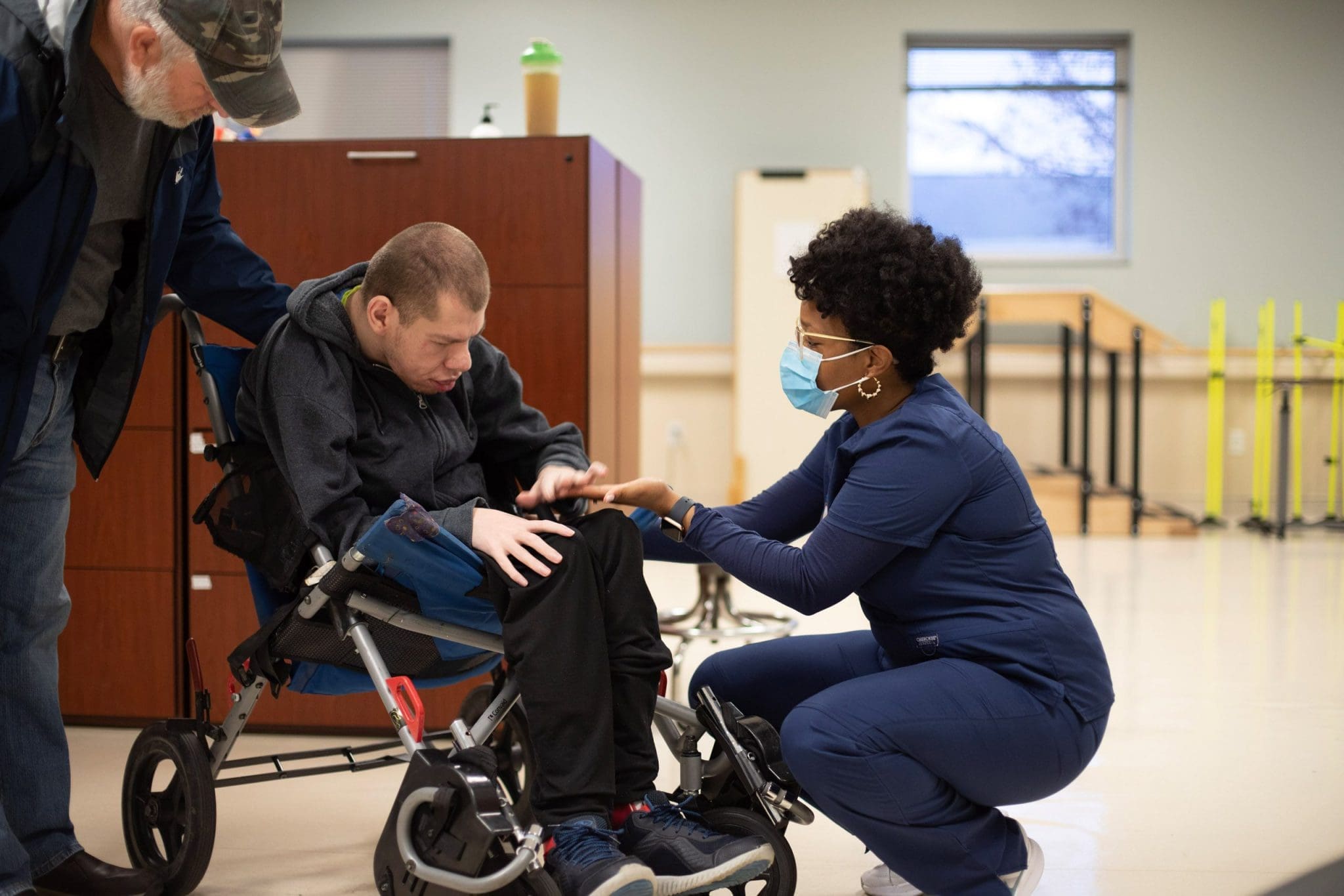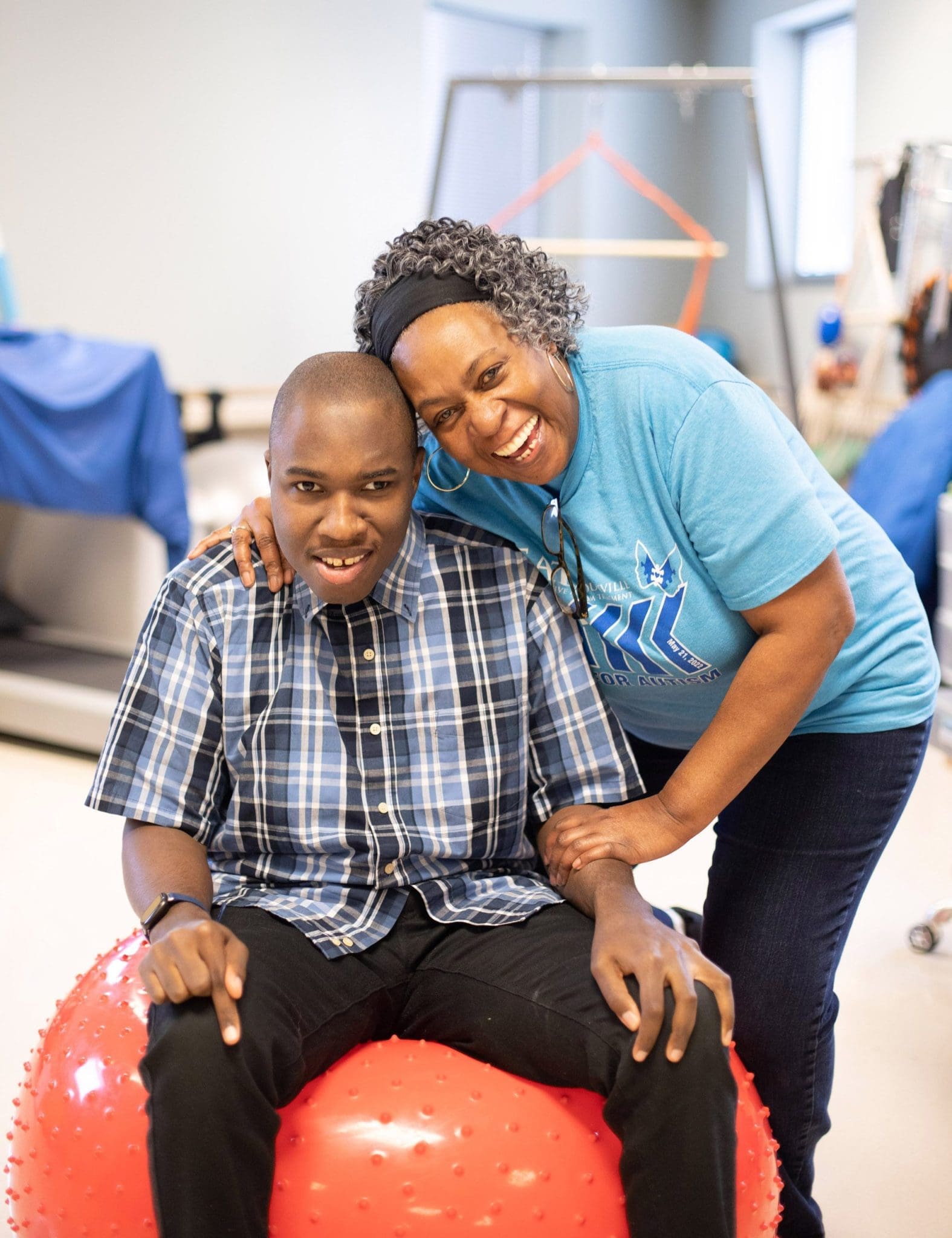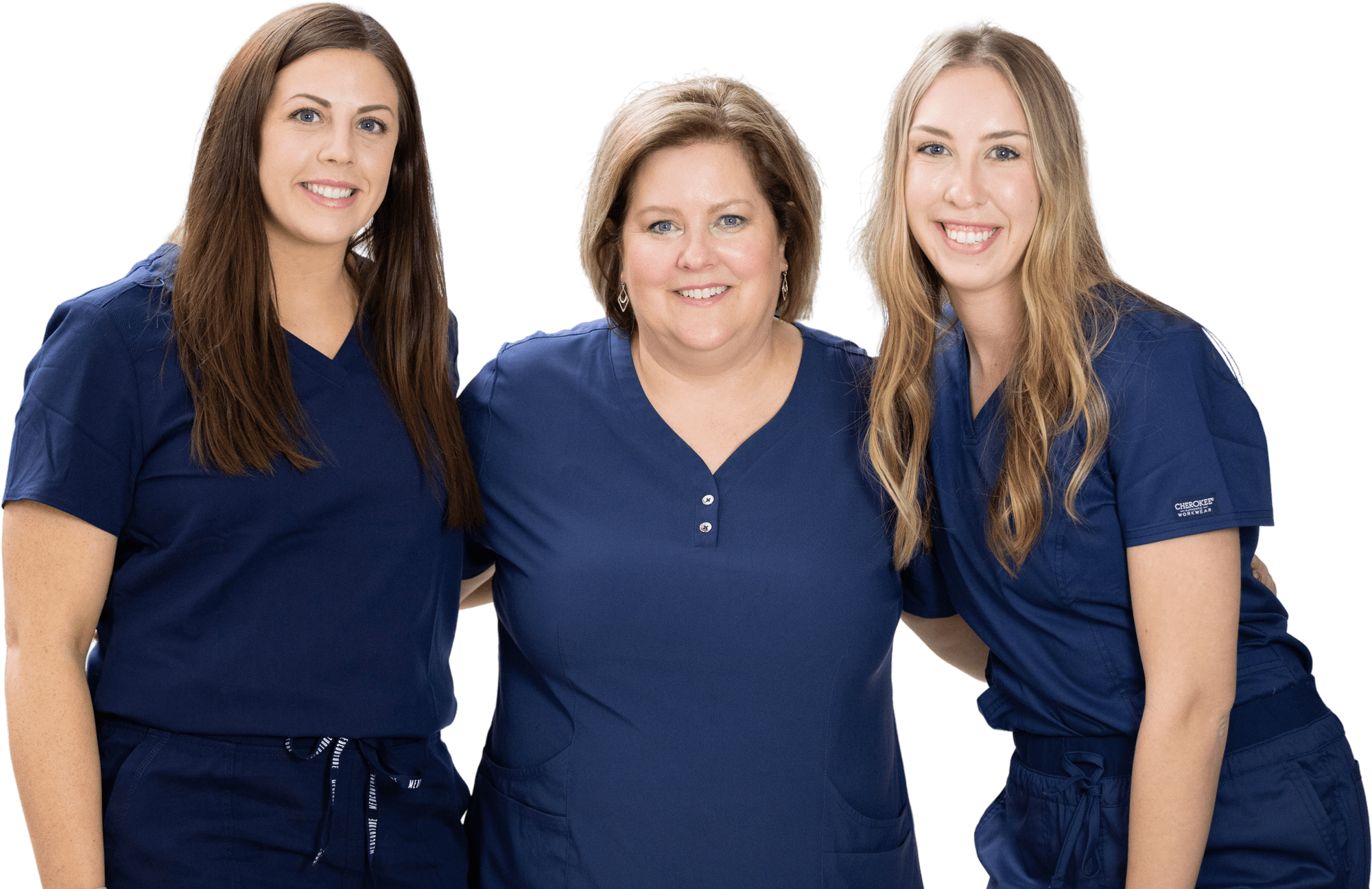© 2025 Kramer Davis Health. All Rights Reserved.
(OT) Occupational Therapy for Individuals with IDD
Improving Independence and Quality of Life.
Occupational therapists look at the whole person, keeping the individual at the forefront as they evaluate the person’s environment, values, interests, and motivations, in order to create a plan to improve the patient’s function and quality of everyday life.





Kramer Davis offers something you won’t find anywhere else – transdisciplinary care. Our clinicians blend their expertise, working as one, to give you the best care.
Learning foundational life skills
Occupational Therapy is essential in helping individuals reach a maximum level of independence with not only basic self-care tasks but also ANY occupation in which one might find value. We teach skills for the job of LIVING! From increasing people’s independence with self-care tasks to identifying sensory preferences for decreasing anxiety and challenging behaviors, to just improving someone’s confidence for social interaction – Occupational Therapy is so important for people with IDD.
Not Your Typical OT
In a typical outpatient or home health occupational therapy program, the emphasis is on returning a person to a prior level of function after an acute injury or surgery (such as a hip replacement or stroke). This is known as rehabilitation. With an individual with IDD, it’s often the case that there was never acquisition of foundational skills which would allow for independence at the beginning of that person’s life or throughout their development. Even if an individual had OT in school, often the services they received were limited to those that directly impacted school performance. When an occupational therapist works with a patient with IDD, the goal is not so much to return the patient to a previous state of function; rather it is to improve the patient’s function and to bring them to a heightened level of functionality that they have never before experienced. This is known as habilitation, and it can often be a much more challenging undertaking.
Collaborating with clinicians of all disciplines
The occupational therapy team works closely with multiple disciplines, including physical therapy, behavioral health, nutrition, speech and language pathology, dentistry, and others. Many of our patients are referred to us by another clinician within our clinic. We are attentive to our patients’ needs, and we seek to make the additional connections necessary for them to receive the care and support they deserve. These connections, made possible by all disciplines working together, allow us to provide the highest quality of care for our patients.
What would make life easier or more meaningful for the patient?
The best way to prepare for an initial OT evaluation is to think about your priorities and desired outcomes. What would make day-to-day life easier or more meaningful for the patient? What does/did the patient enjoy participating in? Are there any environmental barriers to patients’ participation in daily routines, such as bathing, eating, and dressing? If the way the home is set up is a barrier, having pictures of the specific setup could be helpful for the therapist to determine whether adaptive equipment might be appropriate.
Helping both the patient and caregivers to feel comfortable
Upon entering the clinic, patients, and caregivers are welcomed in a calm, clean environment. Our providers introduce themselves and engage with both the patient & caregiver. Throughout each appointment, clinicians and staff ensure that we communicate each step in a way that our patients can understand (verbal, visual, pictures, communication devices, etc). In most cases, a lot of information is gathered from the caregiver.
Assessing functions and deficits helps us create a plan
We perform an OT evaluation during our initial connection. Formal and/or informal testing methods may be utilized in order to assess the patient’s current level of function and strengths/deficits. Possible areas of assessment are Joint Range of Motion, Muscle Strength testing, Grip and Pinch Strength testing, ability to follow simple directions, sensory preferences/tolerances, visual perception, and functional transfer ability.
Continuing to improve independence and quality of life
During ongoing therapy sessions, a client may participate in interventions related to ADL’s (tooth brushing, grooming, toileting, bathing), sensory-based activities and interventions (tasks with weighted items, swinging, deep pressure exercises on the larger exercise machines), relaxing sensory inputs, such as therapeutic brushing, and IADL’s, such as home management tasks.
Empowering you to be an active partner in the therapeutic process
We want every patient to feel respected, accomplished, and valued as they walk out our doors. We want every caregiver to feel supported and heard. The intention of therapy is to find the tools to help increase the patient’s quality of life and independence. We empower you to be an active partner in the therapeutic process and take the methods used in therapy and carry them over into the home. We hope you feel hopeful for the future, as you see that you have a whole team working together to coordinate the best possible care and outcome. You came to the right place.
Kramer Davis Virtual Tour
4:54 duration
Frequently Asked Questions
Our team answers some of our most frequently asked questions in the area of occupational therapy for those with IDD.

What do OTs do with patients?
It depends on the individual’s abilities and deficits, the setting, and the patient’s/caregiver’s goals. OT can look like playing games in a pool, performing arm exercises in order to increase range of motion and strength to be able to independently wash and brush one’s hair, or going to a store to work on visual scanning and money management.
Do Occupational Therapists get people jobs?
No, although tasks and skills that would allow someone to obtain and keep a job and interest exploration may be addressed by OTs, we are not vocational rehabilitation specialists.
How do I prepare for our appointment?
The best way to prepare for an initial OT evaluation is to think about your priorities and desired outcomes. What would make day-to-day life easier or more meaningful for the patient? What does/did the patient enjoy participating in? Are there any environmental barriers to patients’ participation in daily routines, such as bathing, eating, and dressing? If the way the home is set up is a barrier, having pictures of the specific setup could be helpful for the therapist to determine whether adaptive equipment might be appropriate.
What assessments are part of your evaluation?
We perform an OT evaluation during our initial connection. Formal and/or informal testing methods may be utilized in order to assess the patient’s current level of function and strengths/deficits. Possible areas of assessment are Joint Range of Motion, Muscle Strength testing, Grip and Pinch Strength testing, ability to follow simple directions, sensory preferences/tolerances, visual perception, and functional transfer ability.
ADL? IADL? What does that all mean?
Occupational therapy helps with both ADL and IADL activities.
Activities of Daily Living (ADLs): Activities of daily living are activities related to personal care. They include bathing or showering, dressing, getting in and out of bed or a chair, walking, using the toilet, and eating.
Instrumental activities of daily living (IADL) are those activities that allow an individual to live independently in a community. Although not necessary for functional living, the ability to perform IADLs can significantly improve the quality of life.
Please Note: Services may vary for each Kramer Davis clinic location.